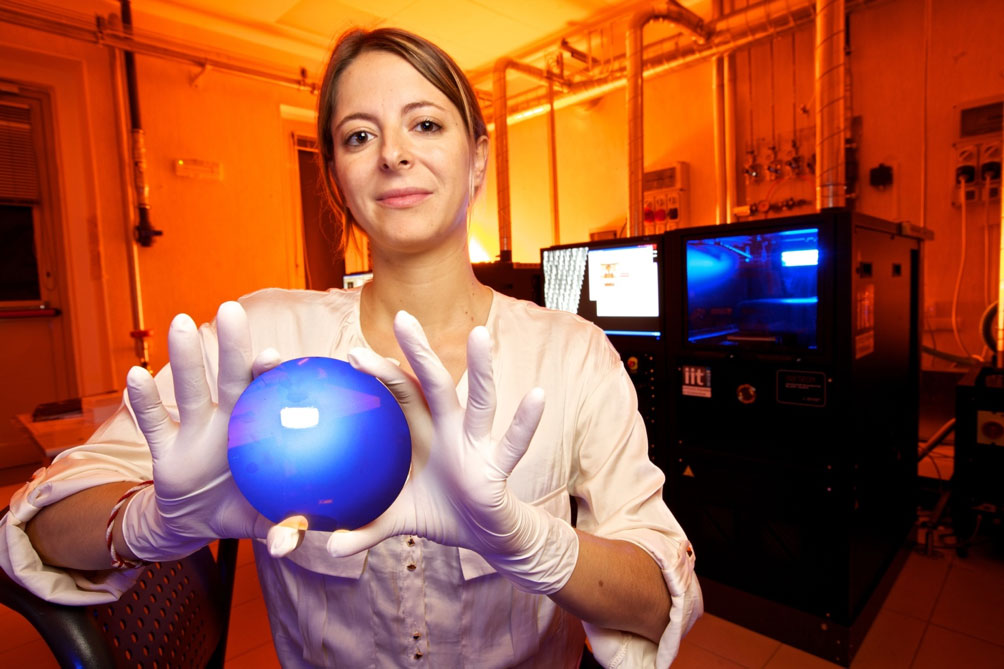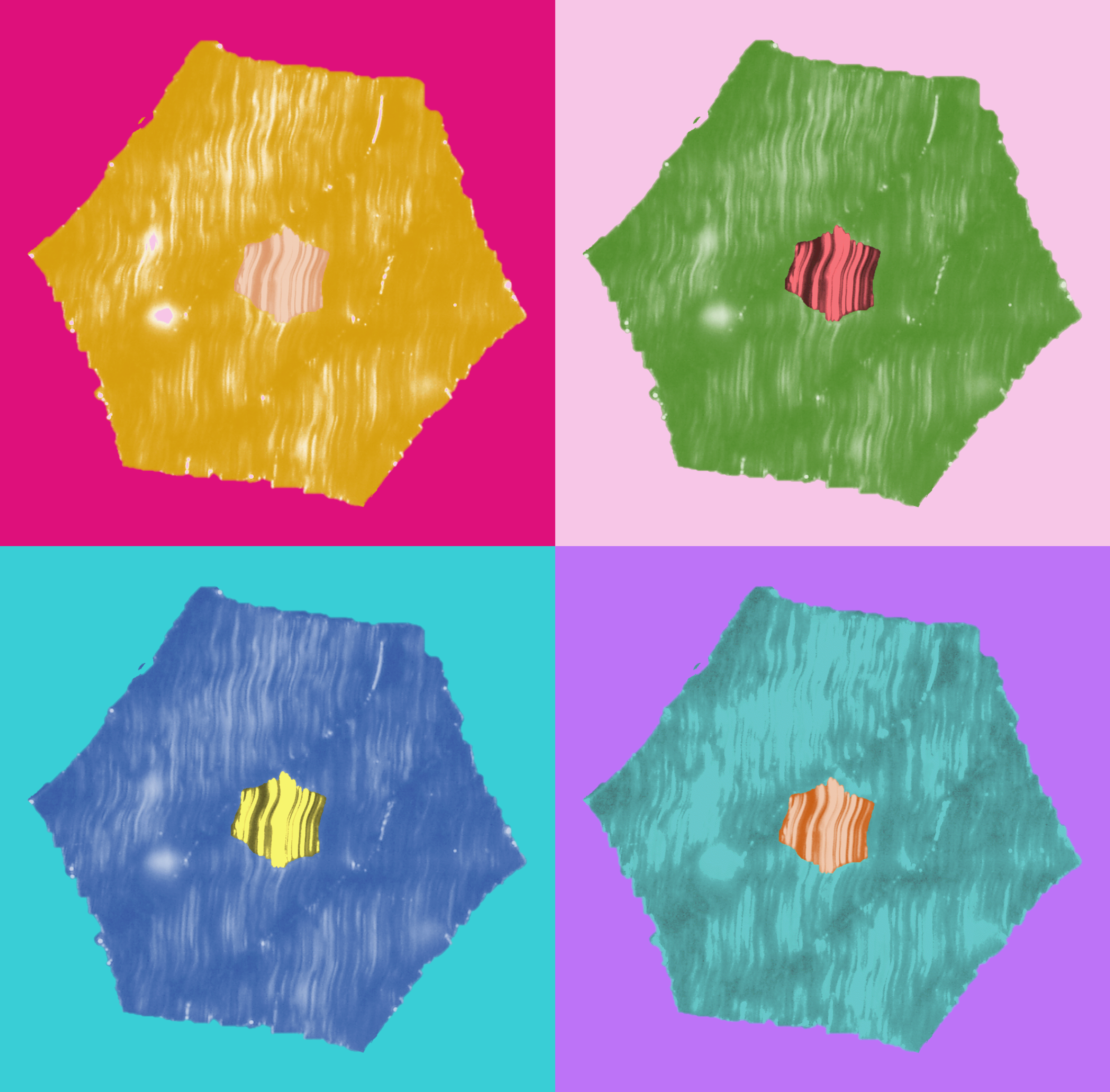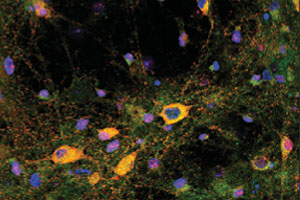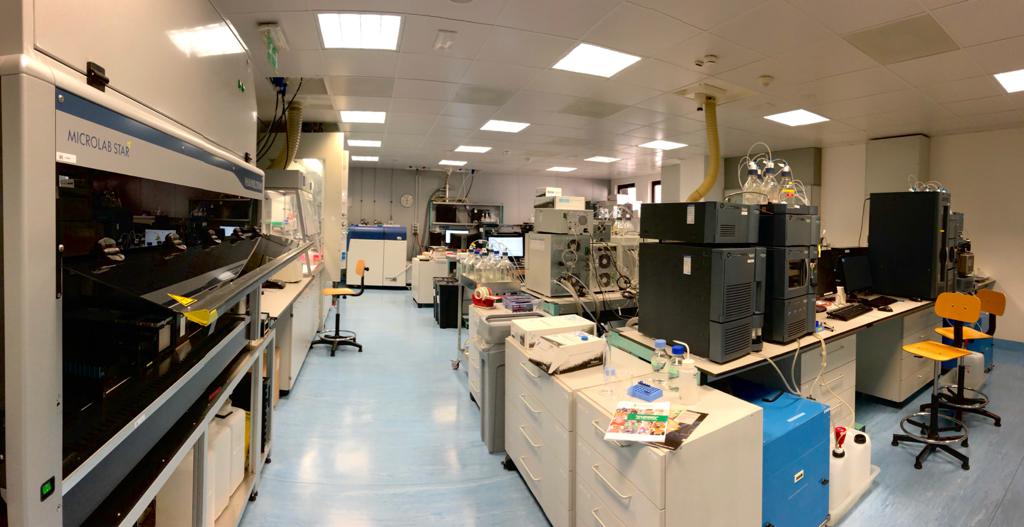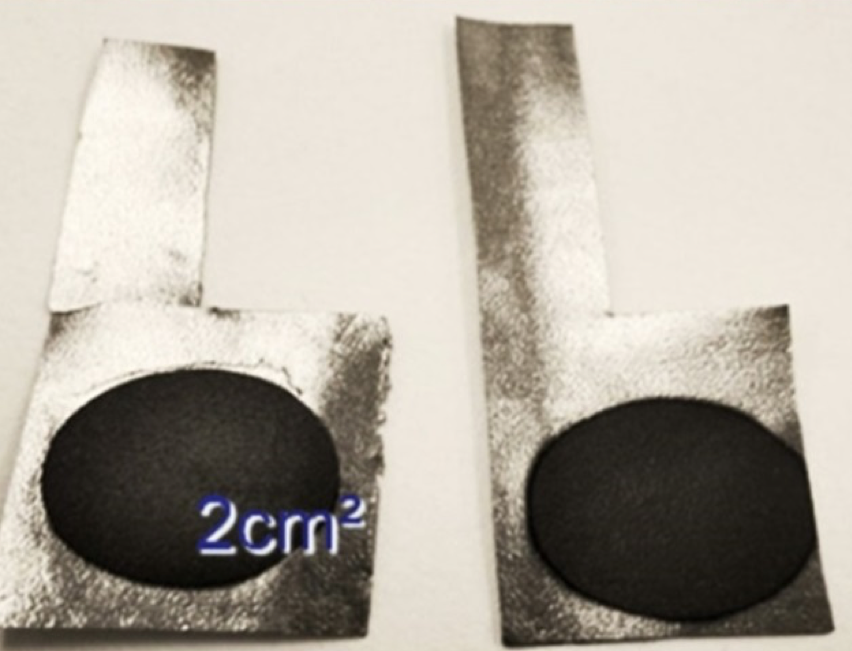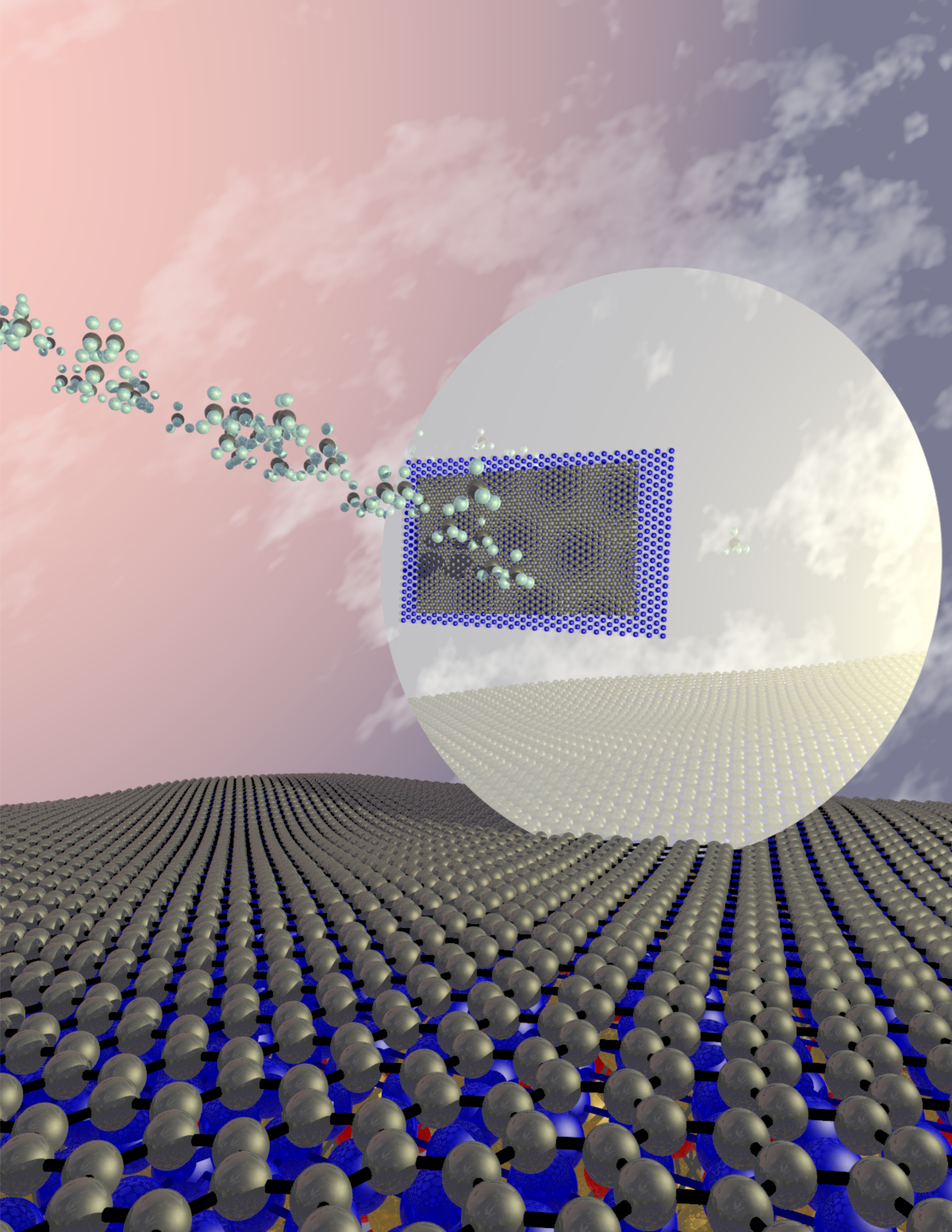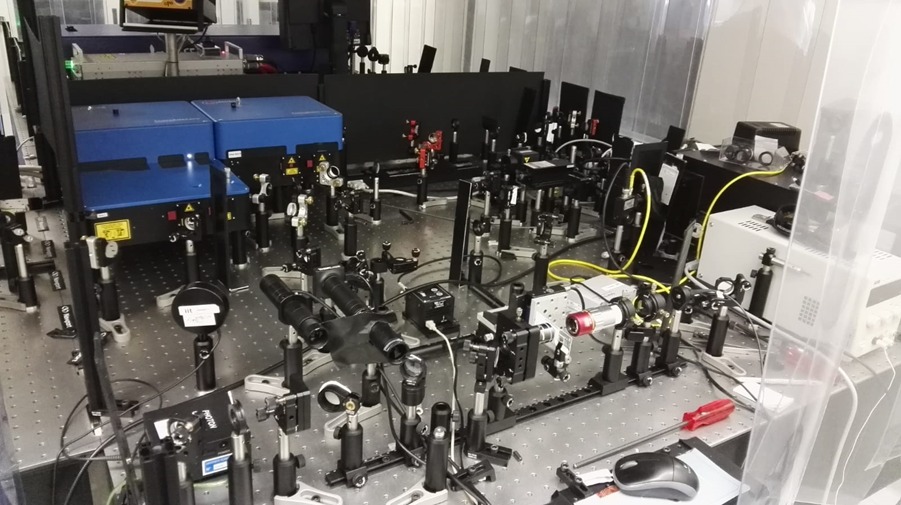The Graphene Labs strategic plan is developed within the European Fet-flagship Graphene and it is deeply interwoven with IIT scientific plan, resulting in a strongly interdisciplinary research program.
We have several collaboration both within and outside the Graphene Flagship network including those with groups at Manchester University (UK), Cambridge University (UK), Yonsei University (South Korea), Max Planck Institute (Stuttgart), ICFO (Spain), Scuola Normale Superiore (Italy), Consorzio Nazionale Internuversitario per le Telecomunicazioni - CNIT (Italy), Università di Genova (Italy), Università di Ferrara (Italy), Università di Trento (Italy), Università di Pisa (Italy), Università di Trieste (Italy), Università La Sapienza (Italy).
